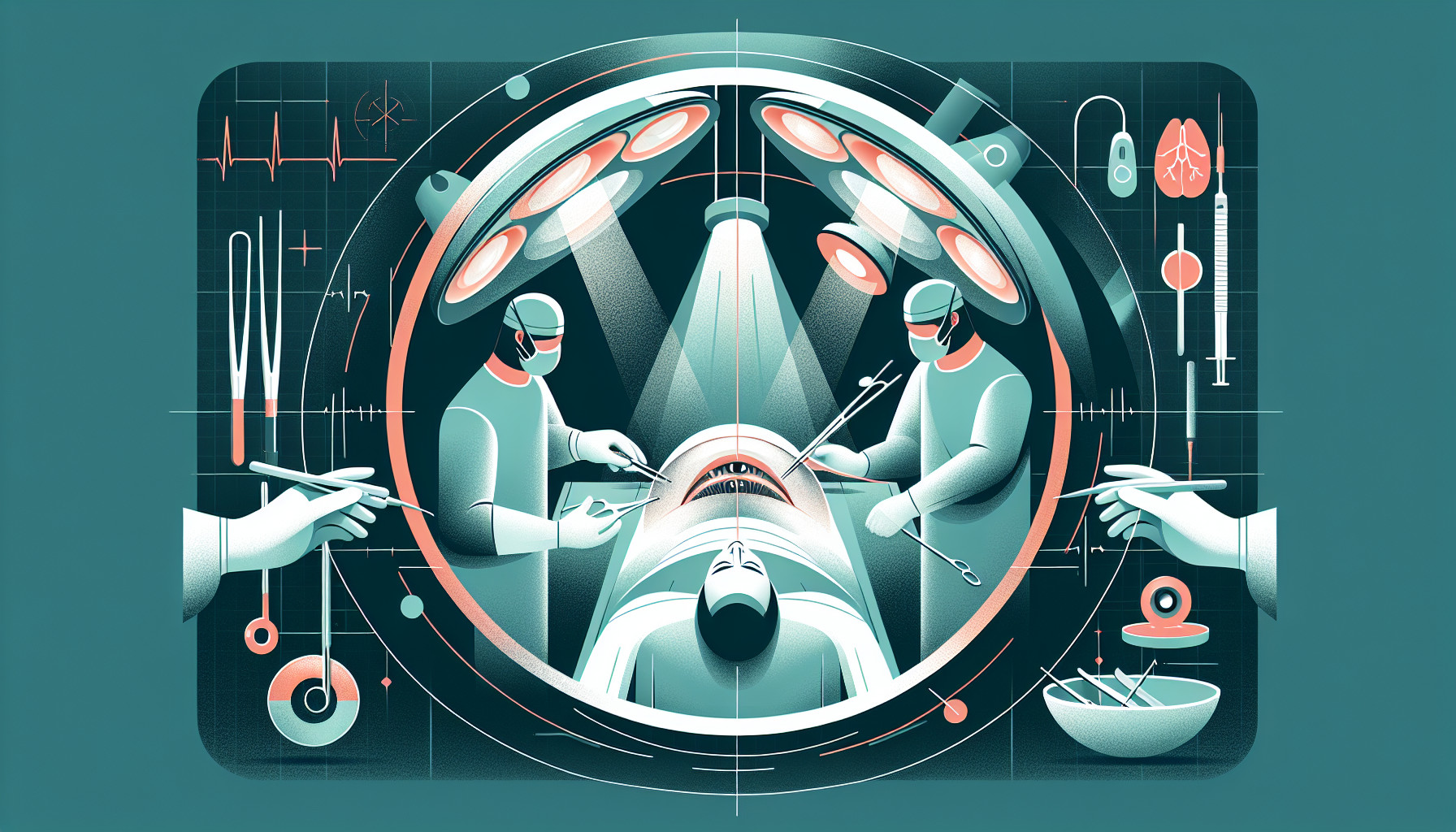Our Summary
This research paper discusses the growing use of cataract removal in treating glaucoma, a condition that damages the optic nerve and can lead to blindness. The paper highlights the recent advancements in surgical care that can simultaneously treat both conditions.
In recent years, there have been significant advancements in glaucoma treatment through the use of new, less invasive devices. Additionally, we now understand better how cataract surgery can help treat various types of glaucoma. However, performing cataract surgery on glaucoma patients requires careful planning before, during, and after the surgery to improve vision and quality of life while reducing potential risks.
Even though there are challenges in performing cataract removal on glaucoma patients, the potential benefits are considerable. By carefully planning the surgery and using new devices and treatment strategies, cataract removal can significantly improve the structure and function of the eye in this growing group of patients.
FAQs
- How can cataract surgery help in treating glaucoma?
- What advancements have been made in the surgical care of patients with both cataracts and glaucoma?
- What challenges are faced when performing cataract surgery on patients with glaucoma, and how can these be mitigated?
Doctor’s Tip
A doctor might tell a patient undergoing cataract surgery to follow all pre-operative instructions carefully, including avoiding eating or drinking anything after midnight the night before surgery. They may also advise the patient to have someone available to drive them home after the procedure, as their vision may be temporarily impaired. Additionally, the doctor may recommend using prescribed eye drops as directed to reduce the risk of infection and promote healing. Finally, the doctor may emphasize the importance of attending all follow-up appointments to monitor progress and address any concerns.
Suitable For
Typically, patients who are recommended for cataract surgery are those who have significant vision impairment due to cataracts that is affecting their daily activities and quality of life. Additionally, patients with other eye conditions such as glaucoma may also be recommended for cataract surgery if it is determined that the surgery can help improve their overall eye health and vision.
In the case of glaucoma patients, cataract surgery may be recommended if the cataract is causing a significant decrease in vision and is exacerbating the progression of glaucoma. By removing the cataract, the pressure in the eye may be reduced, which can help in managing the glaucoma and potentially slowing down its progression.
It is important for patients to consult with their ophthalmologist to determine if cataract surgery is the right option for them, especially if they have other eye conditions such as glaucoma. A thorough evaluation of the patient’s overall eye health and a discussion of the potential risks and benefits of the surgery should be conducted before making a decision.
Timeline
Before cataract surgery:
- Patient undergoes a comprehensive eye examination to determine the severity of cataracts and any other existing eye conditions
- Patient consults with an ophthalmologist to discuss treatment options and potential risks
- Patient may undergo pre-operative tests such as measurements of the eye, blood tests, and medication adjustments
- Patient receives instructions on how to prepare for surgery, including fasting before the procedure, and discontinuing certain medications
During cataract surgery:
- Patient is given local anesthesia to numb the eye and may receive sedation to relax
- Ophthalmologist makes a small incision in the eye and removes the clouded lens
- A new artificial lens is implanted to restore clear vision
- Procedure typically takes less than an hour and is an outpatient surgery
After cataract surgery:
- Patient is monitored in a recovery area before being discharged
- Patient may experience mild discomfort, itching, and sensitivity to light in the days following surgery
- Patient is prescribed eye drops to prevent infection and aid in healing
- Follow-up appointments are scheduled to monitor progress and ensure proper healing
- Patient gradually regains clear vision over the next few weeks as the eye adjusts to the new lens
Overall, cataract surgery has a high success rate and can greatly improve vision and quality of life for patients. With proper care and follow-up, patients can expect a swift recovery and restored vision after the procedure.
What to Ask Your Doctor
What are the potential risks and complications associated with cataract surgery in patients with glaucoma?
How will cataract surgery affect my glaucoma treatment plan? Will I need to adjust my glaucoma medications or treatment after the surgery?
Will cataract surgery improve my vision and quality of life, especially considering my glaucoma diagnosis?
What type of intraocular lens (IOL) is recommended for patients with glaucoma undergoing cataract surgery? Will this IOL help improve my vision and potentially reduce my need for glasses?
How experienced are you in performing cataract surgery on patients with glaucoma? What is your success rate with this specific patient population?
What is the expected recovery time after cataract surgery for patients with glaucoma? Will I need to take any special precautions or follow-up appointments?
Are there any alternative treatment options for cataract removal in patients with glaucoma that I should consider?
How will cataract surgery impact my overall eye health, including my risk of developing other eye conditions in the future?
Will I need to undergo additional testing or evaluations before cataract surgery to ensure the best possible outcome for my eyes and overall health?
What should I expect in terms of post-operative care and follow-up appointments after cataract surgery as a patient with glaucoma?
Reference
Authors: Shah M, Law G, Ahmed II. Journal: Curr Opin Ophthalmol. 2016 Jan;27(1):51-7. doi: 10.1097/ICU.0000000000000224. PMID: 26569527
